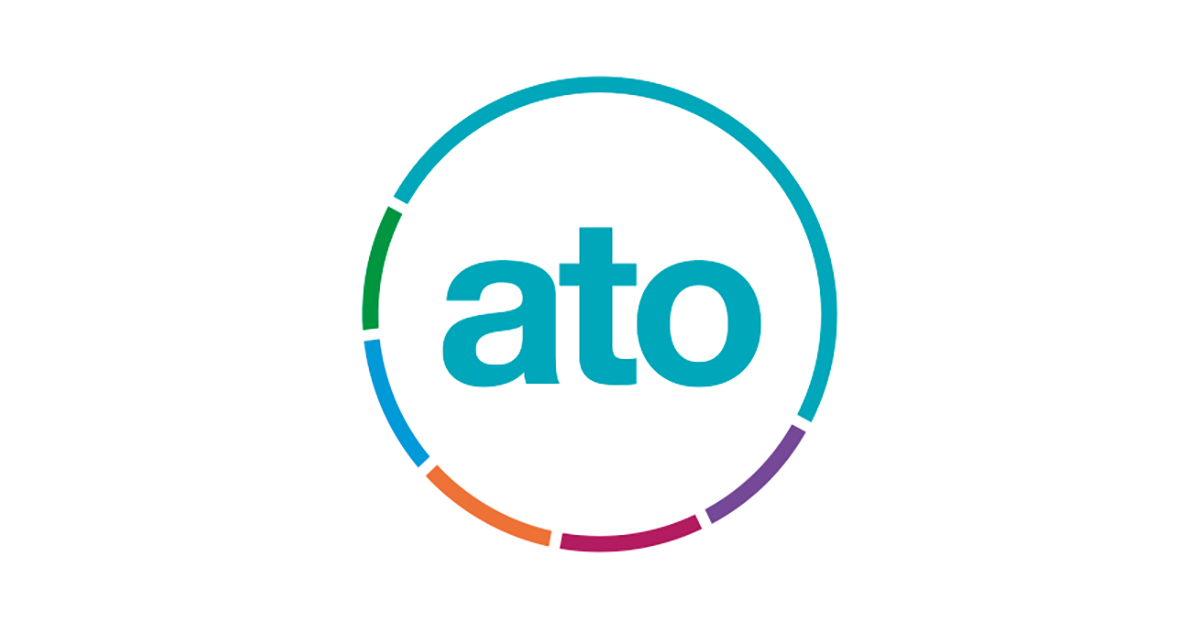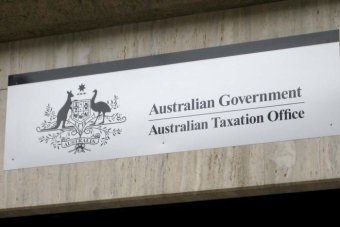The COVID-19 pandemic has affected everyone’s lives and SMSF trustees are no exception. With Melbourne coming out of lockdown, it seems the worst is behind us although, as much of Europe and the US reminds us, COVID-19 remains a pernicious foe.
So assuming Australia is returning to a degree of pre-coronavirus normality, it’s time for trustees to focus on how best to position their fund for 2021 – both from regulatory and investment perspectives.
If trustees are looking for one word to describe investment markets in 2020, volatility would likely be on the mind of many. Equity markets have see-sawed in response to the economic prognosis caused by the pandemic, reinforcing why SMSF trustees must not only have a documented investment strategy (it’s a legislative requirement) for their fund but review it regularly.
Comprehensive reviews are not just necessary to gauge the investment performance of a fund and, if necessary, adjust the investment strategy. Other events can necessitate the need for a review such as the death of a member or a relationship breakdown involving fund members.
It’s also important for trustees to have an exit strategy, particularly if there is a dominant trustee or the fund has assets that may be difficult to sell.
Remember, too, for those SMSFs owning residential or commercial property, the fund may not be receiving full rental payments under their lease agreements because of COVID-19, meaning less income.
Under normal circumstance, if trustees agree to offer tenants rent relief, it could result in a legislative breach. However, the ATO has confirmed no compliance action will be taken in 2019-20 and 2020-21 for temporary rent reductions, waivers or deferral because of COVID-19.
If rent relief is provided, it is important that the trustees can show that the relief is on commercial arm’s length terms (the national cabinet’s mandatory rental code of conduct can be used as a guide), that the tenant can demonstrate they have been financially impacted by COVID-19, and that the rent relief provided has been appropriately documented.
Considering the devastating financial impact of the global pandemic, some SMSF members may have been tempted to use their SMSF as a source of short-term financial assistance.
With a few exceptions, trustees must understand they cannot access their superannuation early from their SMSF, even for a short period. (Earlier this year, legislation was amended to allow superannuation members, including SMSF members financially impacted by COVID-19 to access up to $10,000 in 2019-20 and another $10,000 this financial year until December 31, 2020.)
Legislative changes
Investment decisions are always part and parcel of a trustee’s remit. COVID-19 has forced legislative changes, as well as prompted the ATO to allow several important compliance relief measures for trustees who have been affected by the pandemic, so SMSFs need to keep abreast of and factor these changes into their planning for 2021.
The minimum drawdown requirements for account-based pensions and similar products have been temporarily reduced by 50 per cent for 2019-20 and 2021-21. This measure is designed to assist retirees by reducing the need to sell investment assets (often at depressed prices) to fund minimum drawdown requirements. It is not compulsory to reduce pension payments in line with the new reduced drawdown requirements, but if you do, it’s important to document your decision.
Although the standard concessional and non-concessional contribution caps have not changed since the last income year, your eligibility to contribute may have. New legislation allows people aged between 65 and 66 to make voluntary contributions (previously restricted to people below 65) without meeting a work test.
The government is also introducing legislation (which hopefully will be passed soon) to allow people aged between 65 and 66 the ability make up to three years of non-concessional superannuation contributions under the bring-forward rule. The way the bring-forward rules work can be complicated, particularly if you have a sizeable superannuation balance, so professional advice might be needed to ensure the contributions caps are not breached.
It’s also useful to note that if a total superannuation balance is less than $500,000, and not all of the concessional contribution cap was used in 2018-19 or 2019-20, SMSF members may be able to carry forward the unused amount of a concessional contribution cap in those years to the current income year. So a concessional cap for 2020-21 could be much higher than the standard $25,000.
Finally, social distancing and isolation requirements have led to a relaxation of rules so that trustees can now sign financial documents electronically and still satisfy their regulatory obligations. If trustees do intend to go down this path, it is important the system is secure.
COVID-19 has moved the goalposts for trustees even more dramatically than the global financial crisis, with no better evidence than the government-initiated changes to assist SMSFs through this pandemic. It’s imperative, therefore, for trustees to be cognisant of the changes, especially if they are the fund’s decision-maker, because the cost of not doing so may be high indeed.
Written by John Maroney, CEO of SMSF Association
Source: The Australian Financial Review










